Public sentiment clear at NYRI hearings
NORWICH – Area residents gathered in force at the Chenango County Council of the Arts in Norwich to voice their concerns to the Public Service Commission about the proposed 190-mile electric transmission line that they feel threatens their lives, livelihood and, in some cases, their livestock.
Between the two information forums and public statement hearings, more than 50 concerned citizens spoke before the Administrative Law Judges Michelle Phillips and Jeffrey Stockholm.
Some cited facts and figures, others personal stories of the impact the proposed line will have on their families and business. They all spoke with passion and conviction and they all had the same message for the judges assigned to review New York Regional Interconnect’s Article VII application: the NYRI powerline is not needed or wanted in this area.
Village of Sherburne Mayor Bill Acee has been outspoken against the proposed project, which threatens to bisect his community.
“This is a lose-lose scenario for our friends, neighbors and upstate rate payers,” said Acee. “It is the wrong line in the wrong location and the wrong solution to New York’s energy problems.”
Todd Dreyer from the City of Norwich read a letter from Mayor Joseph Maiurano: “It cannot be overstated how devastating the power line would be ... one more nail in the coffin of our already economically depressed area.”
“This is nothing but a selfish corporate power grab designed to bring immense wealth to a few at the expense of many,” Dreyer added.

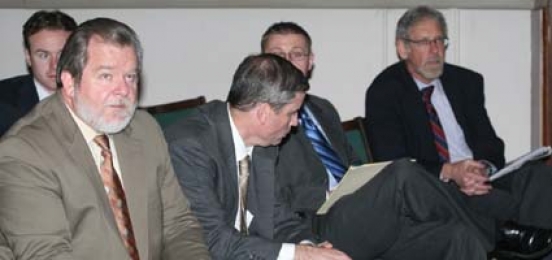

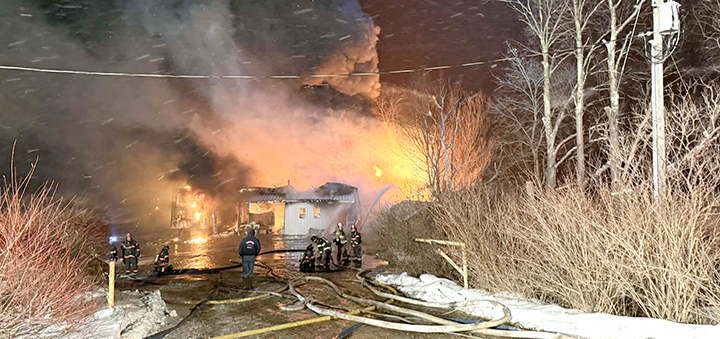
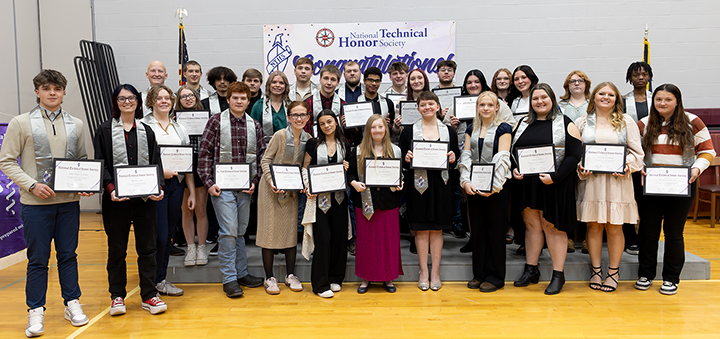
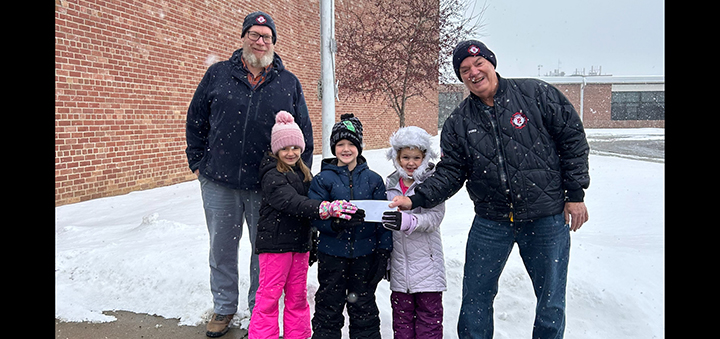
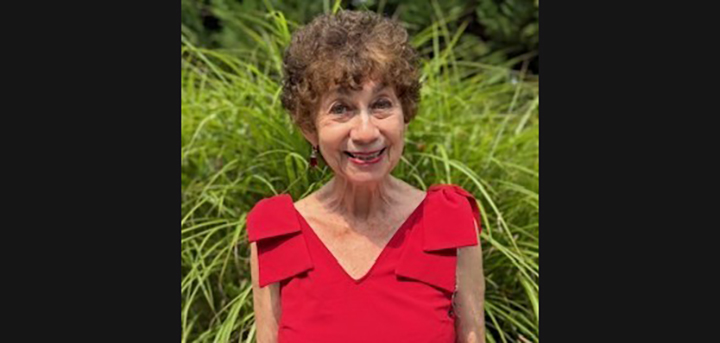

Comments